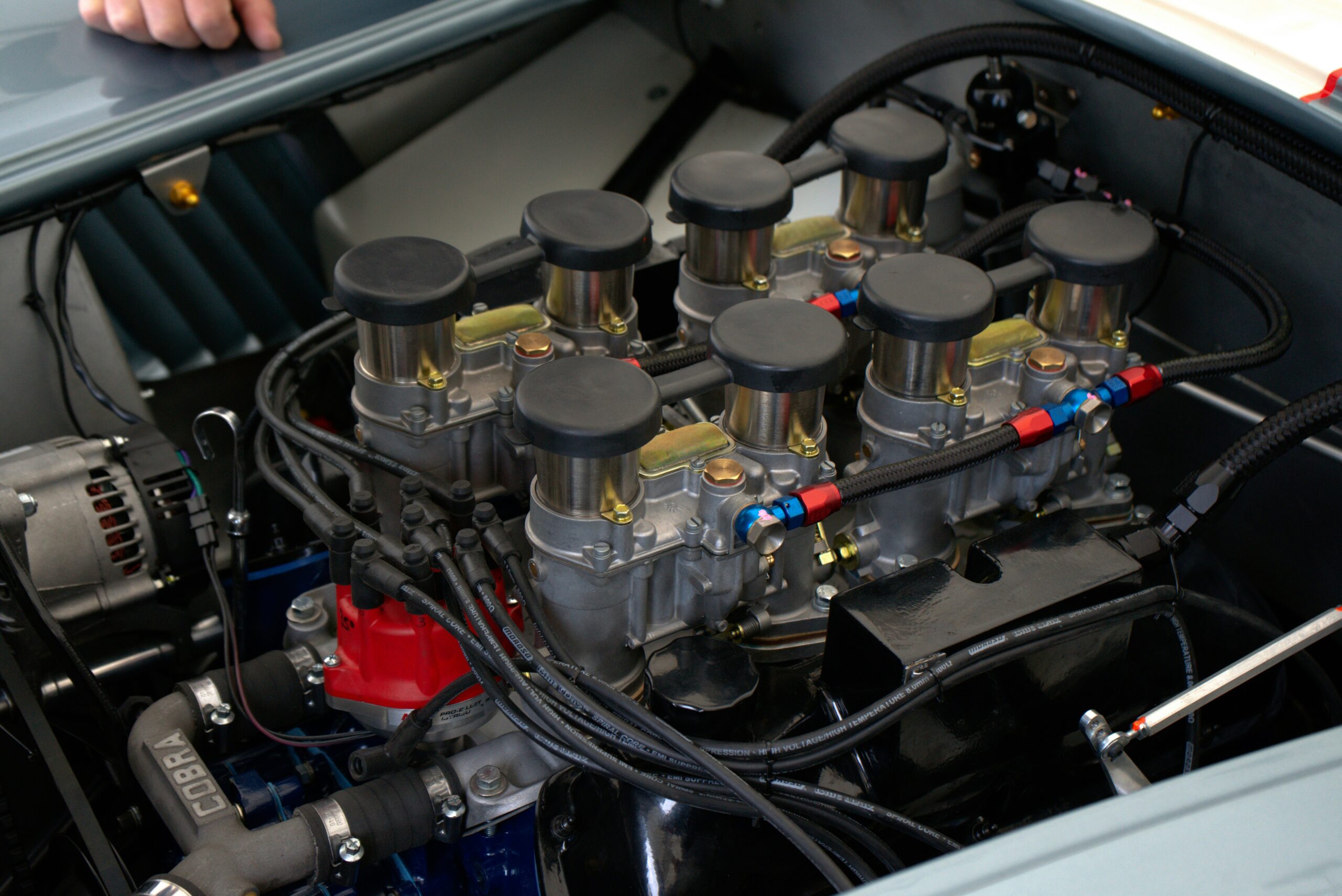KPI – August 2024: The Brief
The Expectation Index stayed below 80, a commonly-accepted sign of a coming recession...

KPI – August 2024: Recent Vehicle Recalls
KPI – August 2024: State of Manufacturing
KPI – August 2024: State of Business
KPI – August 2024: State of the Economy
KPI – August 2024: Consumer Trends
The Brief
The Conference Board Consumer Confidence Index® increased to 100.3 (1985=100) in July, up slightly from a downwardly revised 97.8 in June. The Present Situation Index – based on consumers’ assessment of current business and labor market conditions – declined to 133.6 from 135.3 last month. Meanwhile, the Expectations Index – based on consumers’ short-term outlook for income, business and labor market conditions – improved to 78.2. Despite being up month-over-month, data remains below 80 – the commonly-accepted threshold which historically signals a recession ahead.
While real GDP growth rose by an unexpected 2.8% quarterly annualized in Q2 2024, led by stronger domestic demand and a surge in inventories, consumers remain on edge – often living paycheck-to-paycheck as the rising cost of living maintains its stronghold on wallets. From inflationary impacts, elevated interest rates and stagnant wages to soaring national and personal credit card debt, consumers are feeling the burn.
“Consumers and businesses are likely to continue cutting spending and investments ahead, suggesting economic growth decelerated to 0.6% annualized in Q3 2024,” according to The Conference Board. “GDP growth probably will be lackluster in Q4 2024, expanding at a tepid pace of about 1% annualized. The slightly faster pace relative to Q3 reflects some expectation that falling mortgage rates might stoke modest increases in home sales, and a cheaper U.S. dollar supports slightly faster exports growth.”
Though businesses across the country are undeniably caught in the middle of tapered consumer spending, July provided a much-needed boost. Nationally, the seasonally adjusted Fiserv Small Business Index rose to 141, following an unfortunate four-point decline in June. Both small business sales (+3.5%) and transactions (+3.3%) grew year-over-year, with small business sales up (+1.3%) month-over-month despite transactions declining slightly (-0.7%).
“Consumer spending patterns continue to shift, most notably with retail spend experiencing a decisive bounce back compared to June,” says Prasanna Dhore, chief data officer at Fiserv. “Specialty trade and professional services also performed very well due to seasonal demand and stabilizing inflation rates.”
Key Takeaways, Courtesy of Fiserv
- Year-over-year retail sales (+4.6%) and transactions (+5.8%) increased, with all retail sub-sectors showing month-over-month growth. General Merchandise (+10.9%) led retail in yearly growth, followed by Health and Personal Care (+8.6%), Building Equipment and Garden Materials (+6.2%), Food and Beverage Retailers (+4.9), as well as Furniture, Electronics and Appliances (+4.7%).
- Food Services and Drinking Places indexed at 123 in July, a four-point decline compared to June. Month-over-month restaurant sales (-3.1%) and transactions (-1.4%) both decreased as well, marking the second consecutive month of slowing restaurant sales and foot traffic.
- Specialty Trade Contractors grew sales (+5.7%) and transactions (+2.5%) year-over-year. Month-over-month sales (+3.0%) also rose despite total transactions (+0.1%) holding steady.
Small businesses continue to navigate economic waves and shifts in consumer habits. At 93.7, the NFIB Small Business Optimism Index reached its highest reading since February 2022; however, the 2.2-point gain was not enough to overcome the 31st month below the historical average of 98.
Inflation remains the top issue among small business owners, with 25% of respondents noting it is the single most important problem in daily business operations (up four points from June).
Overall, 57% reported hiring or trying to hire – down three points from June. Of those surveyed, 49% (86% of those hiring or trying to hire) of owners reported few or no qualified applicants for the positions they were trying to fill (down two points), while 29% of owners reported few qualified applicants for open positions (down two points) and 20% reported none (unchanged).
“Despite this increase in optimism, the road ahead remains tough for the nation’s small business owners,” says Bill Dunkelberg, NFIB chief economist. “Cost pressures, especially labor costs, continue to plague small business operations, impacting their bottom line. Owners are heading towards unpredictable months ahead, not knowing how future economic conditions or government policies will impact them.”
Image Source: NFIB Small Business Optimism Index
Professionals in the automotive, RV and powersports industries remain steadfast in their efforts to evolve their business models and grow their brands in the face of adversity. As such, the monthly Key Performance Indicator Report serves as an objective wellness check on the overall health of our nation, from the state of manufacturing and vehicle sales to current economic conditions and consumer trends. Below are a few key data points explained in further detail throughout the report.
Top Takeaways:
- Economic activity in the manufacturing sector contracted in July for the fourth consecutive month and the 20th time in the last 21 months, say the nation’s supply executives in the latest Manufacturing ISM® Report On Business®. The Manufacturing PMI® registered 46.8% in July, down 1.7 percentage points compared to 48.5% in June.
- In July, the Consumer Price Index for All Urban Consumers (CPI-U) increased 0.2% on a seasonally-adjusted basis following a 0.1% decline in June, according to the U.S. Bureau of Labor Statistics. Over the last 12 months, the all-items index increased 2.9% before seasonal adjustment.
- Total new-vehicle sales for July 2024, including retail and non-retail transactions, are projected to reach 1,340,500 – a 2.8% year-over-year increase, according to a joint forecast from J.D. Power and GlobalData.
- RV wholesale shipments are projected to jump into the mid-300,000-unit range by year-end and even higher in 2025, according to the June 2024 issue of RV RoadSigns.
- Powersports Business says dealers across the country reported an overall combined revenue decline of 12.6% year-over-year in June, according to composite data from more than 1,700 dealerships in the U.S. that utilize CDK Lightspeed DMS. On average, dealerships were down 13.1% in parts, 13% in major units and 8.5% in service.
Image Source: Powersports Business



